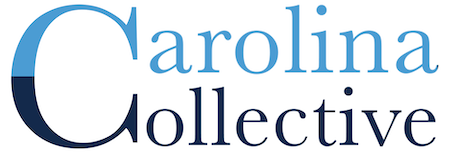About:
Finding healthy meals can be difficult for college students – 25% of UNC undergrads were found to be food insecure in 2019. With the pandemic and job losses, this issue could worsen. To address this, UNC should first raise awareness. Creating informational resources that define food insecurity and how common it is can help lessen the stigma of seeking assistance. Then to let students know where they can get help, we can distribute online and print lists of food pantries located both on- and off-campus, and work with community leaders to make sure it stays up-to-date throughout the semester. Another resource can focus on SNAP information: who qualifies (anyone with a work-study job can receive money for food!), how to apply, and where to learn more – made by UNC students and staff who have experience using it. All of these resources should be widely available – in Campus Health, CAPS, SASB North and South, dorm entrances, and more. RAs and staff should have training to know these exist and be able to direct students who seek help. Another significant barrier to food access is physical location – for example, students on south campus without meal plans and without cars can’t easily find a variety of healthy food options. Working with local transportation systems to give students more direct access to grocery stores is a key task. With good health more critical than ever, our campus can work together to ensure all of our students have adequate and nutritious food.
Team:
Rhea Jayaswal – UNC student at the college of arts and sciences
Interested in receiving assistance from:
Students Faculty Staff
Contact Person:
Rhea Jayaswal (rheajaz@live.unc.edu)
Connect:
Instagram- @rheajayaswal
